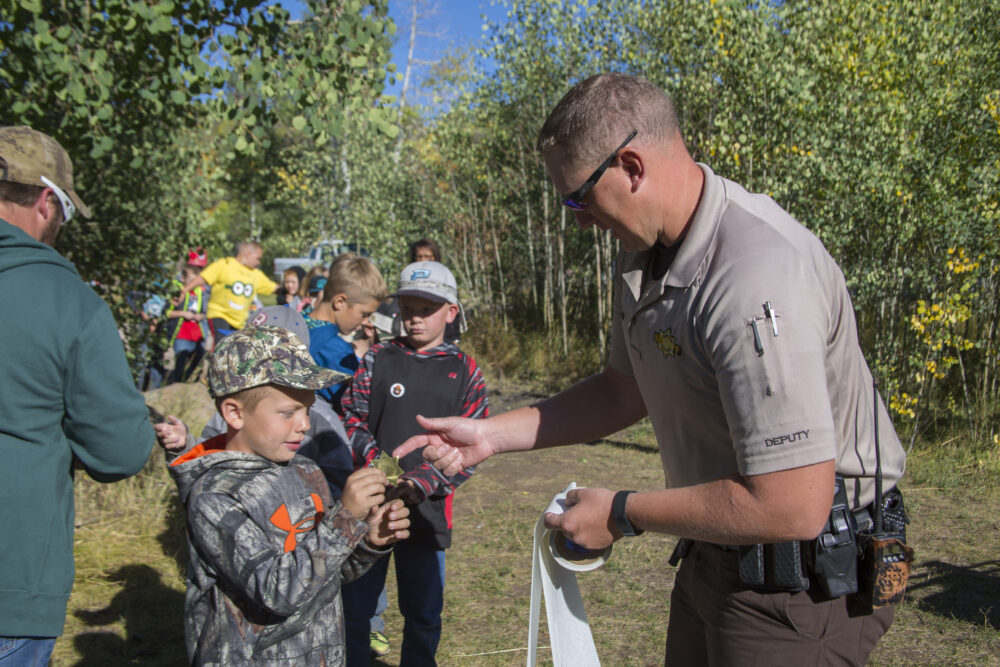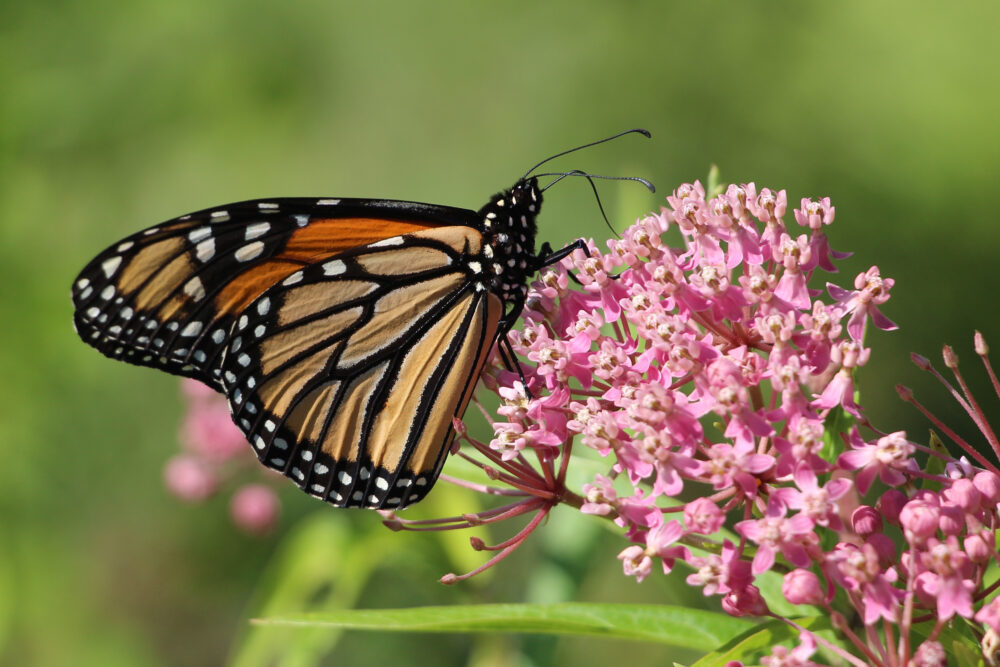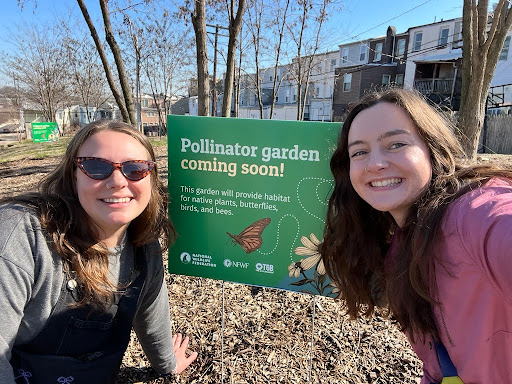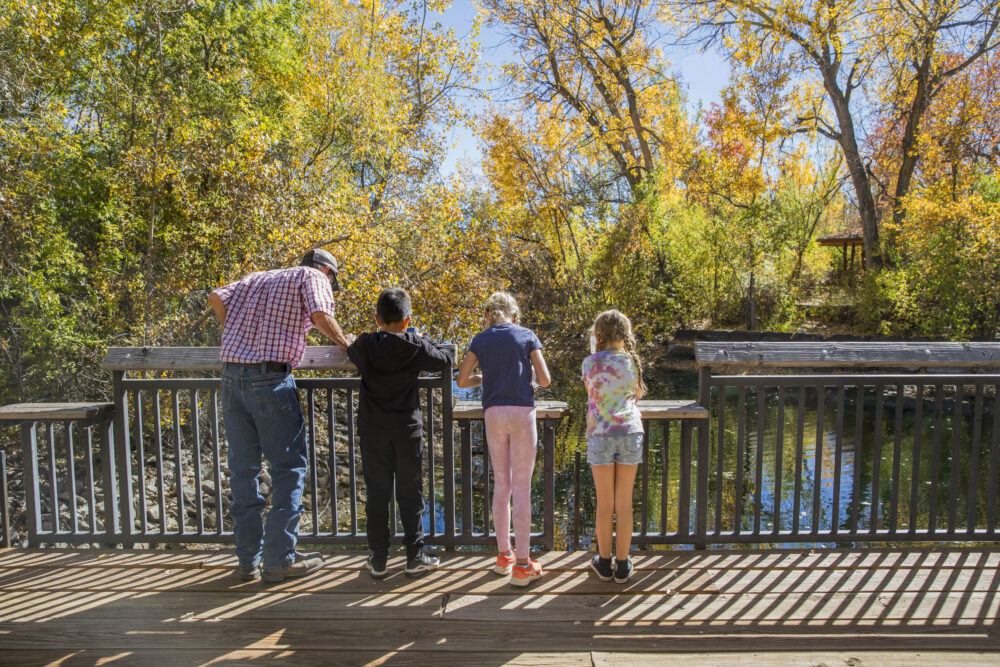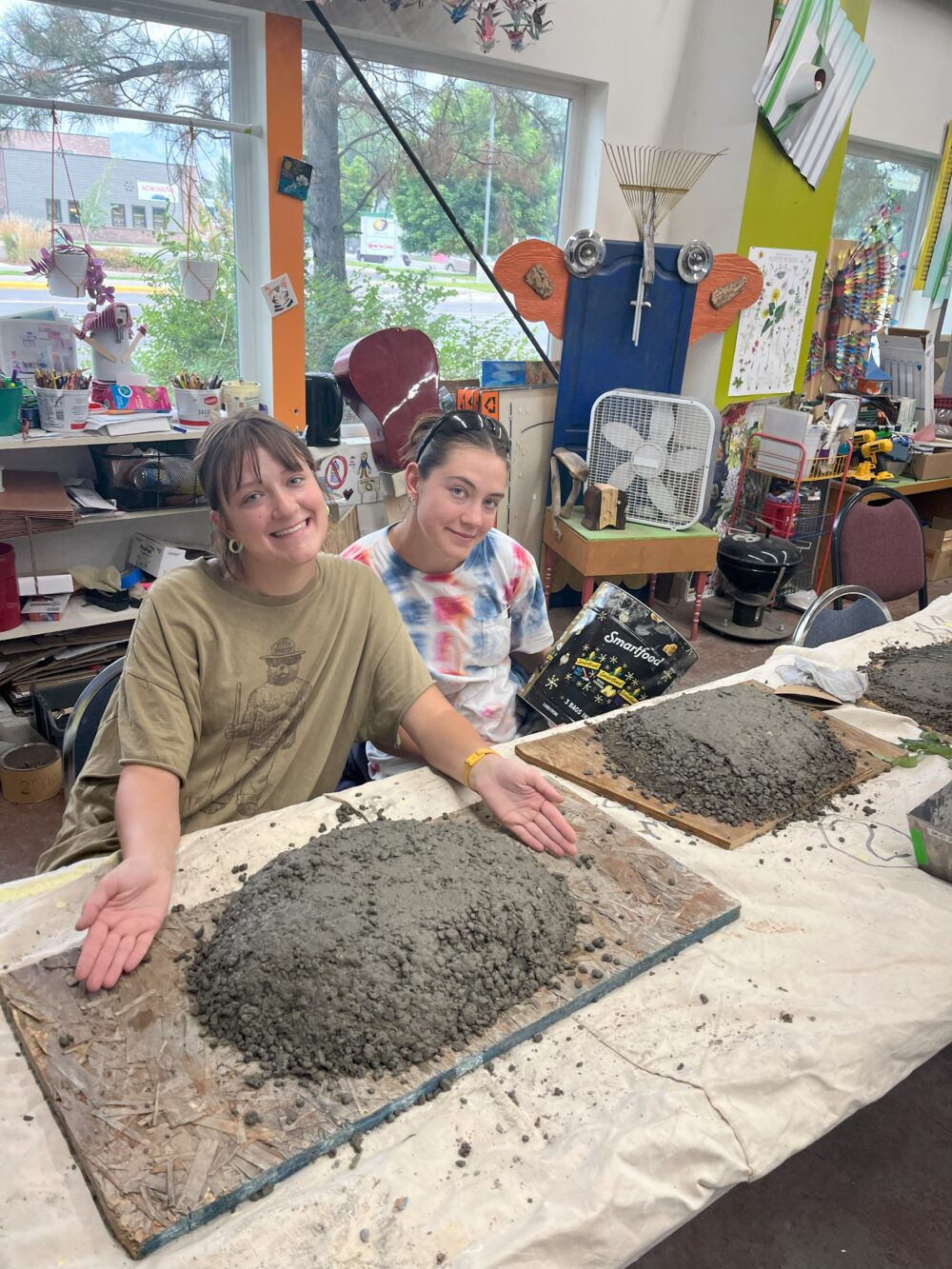We have much more to do and your continued support is needed now more than ever.
Creating a Field Guide to Your Backyard, Part II
 In April I introduced a no-cost, low-impact way to observe and enjoy nature with your kids by creating a field guide to your own backyard. Taking as little or as much time as your family can spare, it’s a way to hone the skills your kids are developing in school: observation, reading, writing, drawing, and relationship-building. With the back-to-school season upon us, there is no time like the present for you to help them with new skills in the new school year.
In April I introduced a no-cost, low-impact way to observe and enjoy nature with your kids by creating a field guide to your own backyard. Taking as little or as much time as your family can spare, it’s a way to hone the skills your kids are developing in school: observation, reading, writing, drawing, and relationship-building. With the back-to-school season upon us, there is no time like the present for you to help them with new skills in the new school year.
In this first installment, I focused on birds. Birds are the perfect subject for introducing your kids to nature; they’re accessible, they’re colorful, and they’re animated–all the characteristics that make for interesting observation. If you did a book on birds this summer, don’t fool yourself into thinking that you’ve seen all the species you can. September brings many changes and new species (new to you) will be migrating through your backyard and local skies, and winter species will begin to arrive.
Turn over a new leaf
September is a good time to begin a tree section for your field guide. Include the trees in your yard and/or neighborhood. You’ll need a “real” field guide to trees to get you started. You can find some at your local library or bookstore. This is the perfect opportunity to introduce your kids to different styles of field guides and by looking at different guides you’ll gather ideas for your own. You can also download a free “tree notes” page from my website and use it to take notes about your tree observations.
Collect a leaf from each tree to paste into your homemade field guide and then make notes about the bark (color and texture), the shape of the tree, and the shape and color of the leaf. Add a photo or drawing of the entire tree. Measure the diameter of the trunk (at about your chest height) and include that in your field guide. Visit the tree again in the fall to collect an autumn version of the leaf. Visit in the winter and draw or photograph the tree again. Visit the tree again in a year or so and compare how much bigger the tree has grown by measuring the diameter of the trunk.
Butterfly Watch
September is also a good month for butterfly observation. Species such as Monarchs, Painted Ladies, Admirals, and Buckeyes are on the move, migrating. You could add a page–or even an entire chapter–to your field guide by focusing on the butterflies which have interesting patterns of orange, red, black, brown, and white and write about, or by illustrating their similarities or differences. Report your sightings to National Wildlife Federation’s Wildlife Watch. Next spring, expand your field guide by indicating the date(s) you first see each species of butterfly.
Your field guide is a living document. You can start it today and add to it every season and every year that you live in your current home. If you move, start a new one. If you have a summer home or vacation spot that you visit every year, create a field guide to that yard, too. Encourage your children’s teachers to create a field guide to their schoolyard. The more we see and understand the nature around us, the more we’ll know and care about it.
See you in the outdoors!
 Jane Kirkland is the award-winning author of the “Take A Walk®” series of nature discovery books as well as “No Student Left Indoors: Creating a Field Guide to Your Schoolyard,” the acclaimed educator’s guide to helping students discover nature in their schoolyard. To learn more about Jane and her books visit: www.takeawalk.com.
Jane Kirkland is the award-winning author of the “Take A Walk®” series of nature discovery books as well as “No Student Left Indoors: Creating a Field Guide to Your Schoolyard,” the acclaimed educator’s guide to helping students discover nature in their schoolyard. To learn more about Jane and her books visit: www.takeawalk.com.











